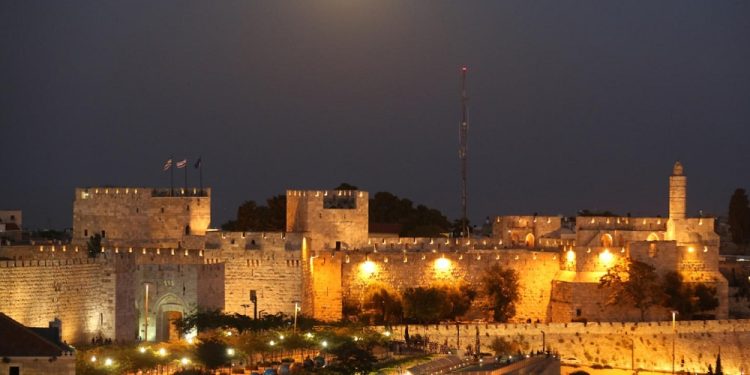
Shushan Purim
Shushan Purim is a holiday that’s somewhat unique among Jewish holidays. It’s a holiday whose date is connected to when the person chooses to celebrate it. For most people, this holiday falls on Adar 14, but in Jerusalem or Shushan, Purim is observed on Adar 15. This is due to how the story of Purim is recounted in the Book of Esther.
While the 14th day of Adar never falls on Shabbat, it can fall on the 15th of Adar. This means that residents of Jerusalem can have a three-day Purim. That’s because the Purim mitzvot cannot be performed on Shabbat, so the observances are spread over the course of three days.
The Story Of Purim In The Book Of Esther
In this story, the antagonist Haman plotted to have the Persian Jews destroyed on the 13th day of the month of Adar. When this plot was unveiled by Mordechai and Esther, the king ordered Haman to be executed and issued a new decree that allowed the Jews to defend themselves on this day. This resulted in a Jewish victory.
Queen Esther then established the holiday of Purim the day following the day when Jews were allowed to defend themselves. This sets it apart from other holidays that may celebrate a military victory. The military victory isn’t celebrated. What is celebrated is the feasting and rejoicing that followed the victory. This is why Purim is celebrated on the 14th day of Adar and not the 13th day.
According to the story, however, the people of Shushan were allowed to defend themselves for an extra day. These citizens fought their enemies on both the 13th and the 14th of Adar. In the Book of Esther, it’s carefully explained that Purim can’t be celebrated in Shushan until the 15th day of Adar.
Observing Shushan Purim
As we stated earlier, most people observe this holiday on the 14th day of Adar, but in Shushan and Jerusalem, it’s observed on the 15th day of Adar. No matter where it’s observed, however, it’s often observed by reading the Book of Esther (The Megillah) and the giving of Purim baskets (mishloach manot).
This tradition involves giving food and drink to friends, family members, and other people on Purim. This tradition comes from the Book of Esther and its purpose is to ensure that everyone has enough food for the Purim feast that is held later in the day.
Since the festival of Purim celebrates Jewish survival, it’s a day that’s observed with joy. It’s also a holiday that’s observed with parades, plays, carnivals, costumes, and food. Some of the traditional foods that are served on Purim include Hamantaschen pastries and kreplach.
It’s also a day when some people eat turkey. However, it should be noted that some Purim feasts include a traditional Persian menu and some of them even serve vegetarian dishes. It all depends on who is celebrating it and how they have customized the Purim feast for their family and friends.








